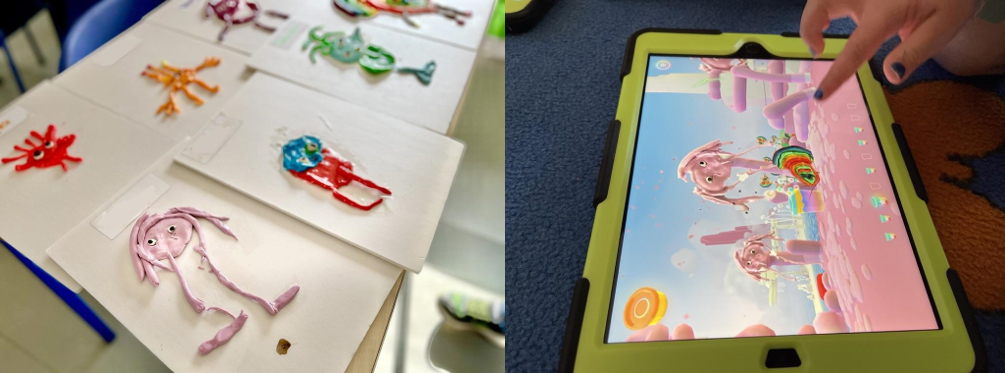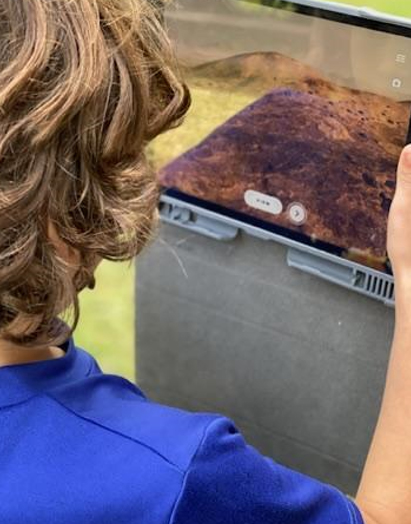
When it comes to using innovative technology in education, I think it is safe to say that most people will automatically envision secondary aged students coding Lego robotics, designing chess pieces to be 3D printed or creating stunning websites.
ACS Cobham International School accepts students from 2-18 years of age and innovation really began for our early years pupils with the introduction of Augmented Reality in 2020. For years I had sought to find ways for AR to have a creative place in the classroom alongside videography, photography, and music making. In 2019 I began a journey to learn more about AR.
This was hard for me as I did not feel I was a “natural” with this technology and thought perhaps I should leave it to people who “got it”. While fighting imposter syndrome, I set myself a challenge called #25DaysofAR, where every day in the month of December from the 1st to the 25th I would teach myself something new with AR, and then document my findings on social media. The things I learned during that challenge would greatly impact the use of AR at ACS Cobham for years to come.
Having worked through the best and most practical AR tools, I began looking at simple ways that AR could be brought into an early childhood classroom. This is the age I am most passionate about as the children are enthusiastic and open-minded to take risks when trying something new. I met with the class teachers and we developed a few projects to try with our Pre-Kindergarten (4-5 year old) pupils.
The first related to a unit about Understanding Imagination. To run alongside this unit, I set about adapting the design cycle so that the pupils could create a paper design and then build monsters from Play-Doh, each monster was a product of the child’s imagination. At the end of the design cycle, we used a wonderful app to scan the Play-Doh creations to bring them to life; a reversed AR experience of turning something from the real world into a digital asset. The children were delighted to see their monsters come to life, and the teachers saw that this use of technology was extremely beneficial for the children to develop their understanding of imagination.
